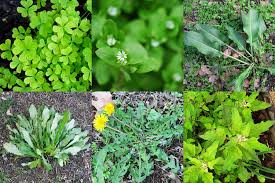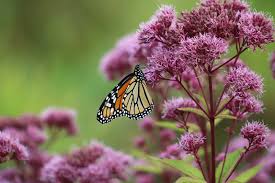Lawn Weeds, Maintaining a beautiful lawn is a labor of love, but one of the most common challenges homeowners face is dealing with lawn weeds. These unwelcome plants can quickly take over and diminish the aesthetic appeal of your yard. In this article, we’ll explore the different types of lawn weeds, how to identify them, and effective strategies for managing them.
What Are Lawn Weeds?
Lawn weeds are plants that grow in your lawn but are not part of the desired turfgrass. They often thrive in environments that may be less than ideal for your grass, such as areas with poor soil, insufficient sunlight, or improper watering. Weeds can be classified into three main categories: broadleaf weeds, grassy weeds, and sedges.
Common Types of Lawn Weeds
- Broadleaf Weeds: These weeds are characterized by their wide leaves and include species such as:
- Dandelions: Recognizable by their yellow flowers and fluffy seed heads, dandelions can quickly spread if not managed.
- Clovers: Often seen as a sign of a healthy lawn, clovers can compete with grass for nutrients.
- Plantain: This weed has broad leaves and a central flowering spike, and it is known for its resilience.
- Grassy Weeds: These resemble your lawn grass but can choke it out, including:
- Crabgrass: A common annual weed that spreads quickly and thrives in bare patches of lawn.
- Quackgrass: A perennial weed with deep roots that can be tough to eradicate.
- Sedges: These are grass-like plants that thrive in wet conditions and can be problematic if not controlled.
How to Identify Lawn Weeds
Identifying lawn weeds is the first step in effective management. Here are some tips to help you recognize different types of weeds:
- Observe Leaf Shape: Take note of whether the leaves are broad or grass-like, and examine their texture.
- Check Growth Habit: Some weeds grow upright, while others spread horizontally. This can help in identifying them.
- Flowering Stage: Many weeds produce flowers, which can aid in identification. Take note of the color and shape of flowers.
Managing Lawn Weeds
Effective management of lawn weeds involves a combination of cultural practices, mechanical removal, and, if necessary, chemical treatments.
- Cultural Practices:
- Maintain Healthy Grass: A healthy lawn is the best defense against weeds. Regular mowing, proper fertilization, and adequate watering promote dense turf that can outcompete weeds.
- Soil Testing: Conduct a soil test to determine nutrient levels and pH. Amend the soil accordingly to support healthy grass growth.
- Mechanical Removal:
- Hand Pulling: For small infestations, hand-pulling can be effective. Ensure you remove the entire root to prevent regrowth.
- Aeration: Aerating your lawn can help improve drainage and reduce compacted soil, making it less hospitable for weeds.
- Chemical Treatments:
- Herbicides: If weeds are overwhelming, consider using herbicides. Selective herbicides target specific weed types while sparing your grass. Always follow label instructions and consider the environmental impact.
Conclusion
Lawn weeds can be a nuisance, but with proper identification and management techniques, you can maintain a healthy, vibrant lawn. By adopting cultural practices, utilizing mechanical removal methods, and applying herbicides when necessary, you can effectively combat lawn weeds and keep your yard looking its best. Remember, the key to a weed-free lawn is a proactive approach that focuses on promoting healthy grass growth.
You Might Also Like These:



